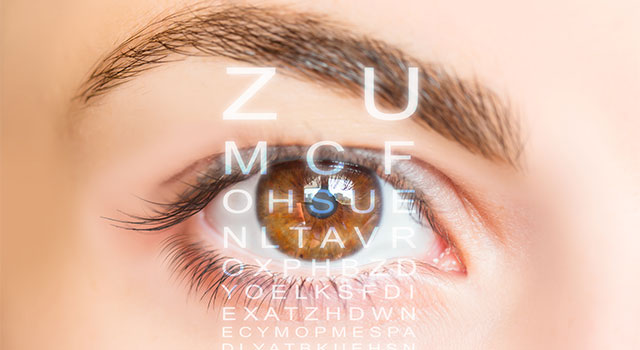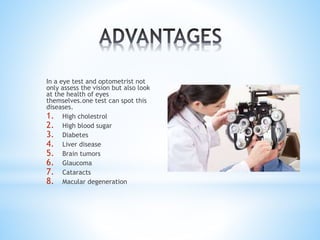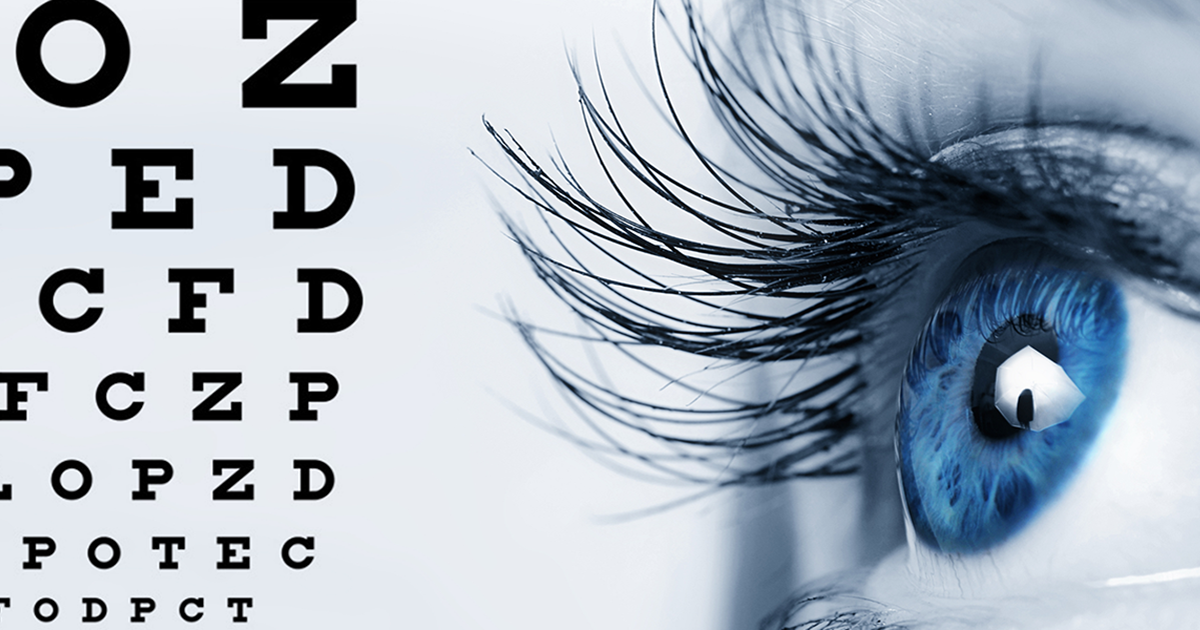The Role of Advanced Diagnostic Equipment in Identifying Eye Disorders
In the realm of ophthalmology, the utilization of innovative diagnostic tools has changed the very early recognition and monitoring of numerous eye problems. As the need for specific and prompt diagnoses continues to expand, the integration of innovative devices like optical coherence tomography and visual field testing has become indispensable in the realm of eye care.
Value of Very Early Diagnosis
Very early medical diagnosis plays an essential function in the effective management and therapy of eye disorders. Timely identification of eye problems is essential as it enables punctual intervention, potentially preventing more progression of the condition and minimizing long-lasting complications. By spotting eye conditions at a very early stage, health care providers can provide appropriate treatment strategies tailored to the particular condition, inevitably causing much better outcomes for individuals. Additionally, early medical diagnosis enables clients to gain access to essential support solutions and resources quicker, improving their general lifestyle.

Technology for Identifying Glaucoma
Cutting-edge diagnostic technologies play a vital duty in the very early detection and surveillance of glaucoma, a leading cause of irreversible loss of sight worldwide. An additional advanced tool is visual area screening, which maps the sensitivity of an individual's visual field, aiding to spot any areas of vision loss attribute of glaucoma. These advanced diagnostic tools allow ophthalmologists to identify glaucoma in its early stages, permitting for timely intervention and far better management of the illness to protect against vision loss.
Role of Optical Coherence Tomography

OCT's capacity to evaluate retinal nerve fiber layer thickness permits exact and objective dimensions, aiding in the very early detection of glaucoma even prior to aesthetic area problems emerge. Furthermore, OCT modern technology permits longitudinal monitoring of structural adjustments with time, facilitating individualized therapy plans and timely interventions to assist preserve patients' vision. The non-invasive nature of OCT imaging additionally makes it a favored selection for checking glaucoma progression, as it can be repeated routinely without triggering pain to the client. Overall, OCT plays an important role in enhancing the analysis accuracy and monitoring of glaucoma, eventually go to my site adding to far better results for individuals at risk of vision loss.
Enhancing Medical Diagnosis With Visual Field Testing
An important element in thorough sensory analyses, visual field screening plays a crucial role in boosting the analysis process for various eye disorders. By evaluating the complete extent of an individual's aesthetic field, this test supplies important info regarding the useful integrity of the whole visual pathway, from the retina to the aesthetic cortex.
Aesthetic field testing is specifically beneficial in the medical diagnosis and management of problems such as glaucoma, optic nerve disorders, and different neurological conditions that can impact vision. Through measurable dimensions of peripheral and main vision, medical professionals can detect refined modifications that may suggest the existence or development of these disorders, also before noticeable signs and symptoms happen.
Additionally, aesthetic area testing permits the tracking of treatment efficiency, assisting ophthalmologists tailor healing treatments to individual clients. eyecare near me. By tracking changes in aesthetic area efficiency in time, doctor can make enlightened choices about readjusting medications, suggesting medical interventions, or carrying out various other suitable actions to preserve or improve a client's aesthetic feature
Taking Care Of Macular Deterioration

Final Thought
In verdict, advanced analysis devices play a vital duty in determining eye disorders early on. Technologies such as Optical Comprehensibility Tomography and visual field screening have actually substantially improved the precision and efficiency of detecting conditions like glaucoma and macular deterioration.